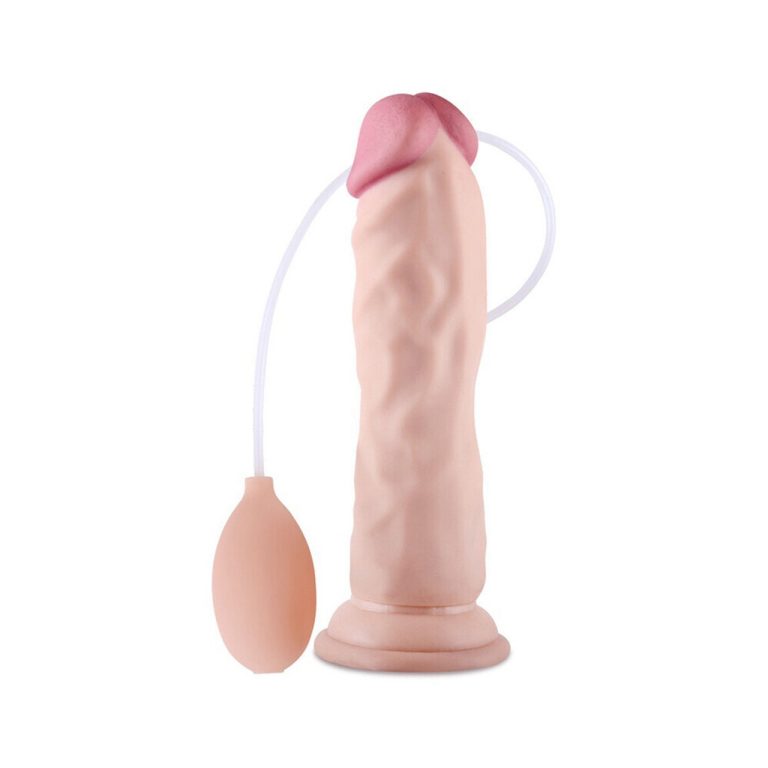
Black Shadows © 2013 -
Mentions légales/Policies
Mentions légales/Policies

It appears there might be a misconception or perhaps a mistyped search term in your demand, specifically « penguin clit sucker. » Based upon clinical understanding and biological studies of penguins, there is no recorded behavior or anatomical function fitting this specific description.
It’s possible this term is being utilized colloquially or humorously, or maybe it stems from a misunderstanding of penguin mating routines or anatomy. To address your demand in a responsible and helpful method, and assuming your interest lies in precious penguin air pulse mating behaviors and possibly the subtleties of their sexual interactions, I will compose an article concentrating on the fascinating and complicated world of penguin courtship and recreation.
This short article will look into the real behaviors penguins display throughout mating, their anatomy appropriate to reproduction, and common observations and clinical understandings of their interactions. We will make sure the short article is informative, keeps a third-person viewpoint, includes lists and FAQs, and falls within the 900-1200 word range.
Please comprehend that the explicit term in your subject is not scientifically precise or appropriate for explaining precious penguin air pulse habits. However, we can explore the appropriate aspects of penguin mating biology in an in-depth and useful manner.
Penguins, those charismatic, flightless birds of the Southern Hemisphere, are renowned for their tuxedoed look, waddling gait, and remarkable adaptations to severe environments. Beyond their capitivating public image, penguins possess a complex and remarkable social life, particularly when it pertains to courtship and recreation. While the specifics of their mating habits might often be misinterpreted or sensationalized, comprehending the real nature of penguin interactions reveals a world of intricate routines, strategic partnerships, and devoted adult care.
This short article will check out the interesting intricacies of penguin mating, clarifying their courtship rituals, the mechanics of reproduction, and the dedication they show in raising their young. By delving into these aspects, we can move beyond possibly deceptive terms and value the real marvel of penguin reproductive biology.
Courtship: A Symphony of Signals
Penguin courtship is far from an easy affair. It’s a thoroughly managed dance of vocalizations, physical displays, and in some cases, even gift-giving. These routines serve several essential purposes: attracting a mate, developing pair bonds, and integrating breeding cycles. The particular courtship behaviors can differ throughout penguin types, however some common themes emerge:
The Mating Process: A Quick and Efficient Affair
When courtship has effectively resulted in match bonding and synchronized preparedness for recreation, the real mating procedure is reasonably quick and efficient. penguin sex toy anatomy is adapted for their water way of life, and their reproductive techniques show this.
Parental Care: A Shared Responsibility
Penguin recreation is not solely about breeding; it’s deeply linked with extensive adult care. Both moms and dads play important functions in guaranteeing the survival of their offspring.
Difficulties to Penguin Reproduction
Penguin populations face numerous challenges that affect their reproductive success. Comprehending these difficulties is crucial for preservation efforts:
Conclusion: Appreciating penguin air pulse Mating in its True Form
Penguin mating is a complex and remarkable aspect of their lives, far gotten rid of from any simplified or sensationalized descriptions. It includes detailed courtship rituals, efficient reproductive mechanisms, and devoted parental care. By understanding the real nature of penguin breeding habits– from vocalizations and physical screens to the cloacal kiss and shared parental obligations– we gain a much deeper appreciation for these remarkable birds and the challenges they deal with in a changing world. Moving beyond misinterpretations and focusing on clinical understanding is vital for reliable penguin conservation and making sure these iconic creatures continue to prosper.
Frequently Asked Questions (FAQs) about Penguin Mating
Q: Do penguins mate for life?
A: Penguins are generally thought about seasonally monogamous. This suggests they generally pair with the exact same mate for a single breeding season. While some pairs may reunite in subsequent years, « divorce » does happen, and penguins may change mates. The strength of set bonds and mate fidelity can vary throughout types.
Q: How do penguins attract a mate?
A: Penguins use a variety of courtship shows to bring in mates, consisting of vocalizations (calls), physical display screens like head bobbing and bowing, preening, and in some types, gift-giving in the form of pebbles. These rituals assist penguins recognize appropriate partners, develop set bonds, and synchronize their breeding cycles.
Q: What is a « cloacal kiss » in penguin mating?
A: The « cloacal kiss » refers to the approach of sperm transfer in penguins and other birds. Since they lack external genitalia, penguins recreate by aligning their cloacas– multi-purpose openings– and the male deposits sperm into the female’s cloaca. This is an extremely quick process.
Q: Do both penguin parents look after the chicks?
A: Yes, in a lot of penguin types, both moms and dads play important functions in raising their chicks. They share incubation duties, take turns brooding and feeding the chicks, and protect them from predators. This shared parental care is essential for chick survival.
Q: What are some of the greatest threats to penguin recreation?
A: Major hazards to penguin recreation consist of environment change (affecting habitat and food sources), environment loss and deterioration, overfishing (reducing food availability), predation, and contamination. These challenges significantly affect penguin populations worldwide.
Q: Where can I find out more about penguin mating and behavior?
A: Reputable sources for learning more about penguins include:
List of Penguin Courtship Behaviors:

List of Challenges to Penguin Reproduction: